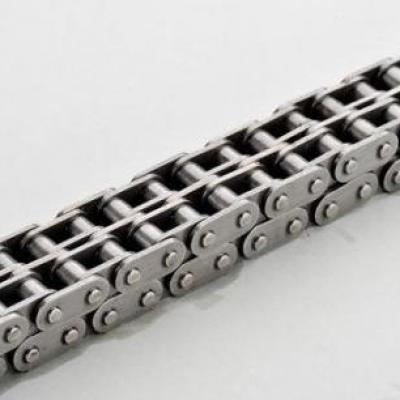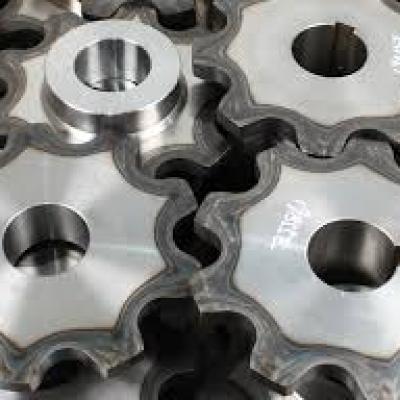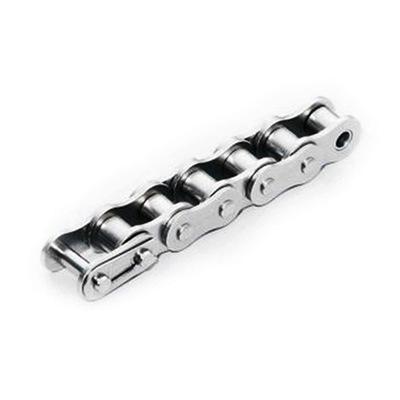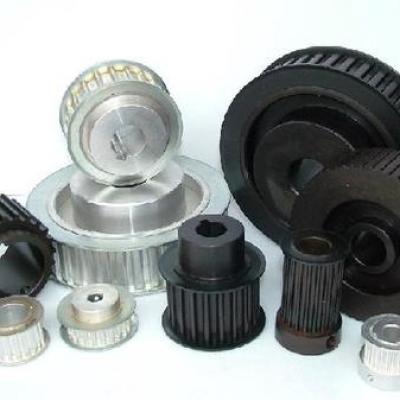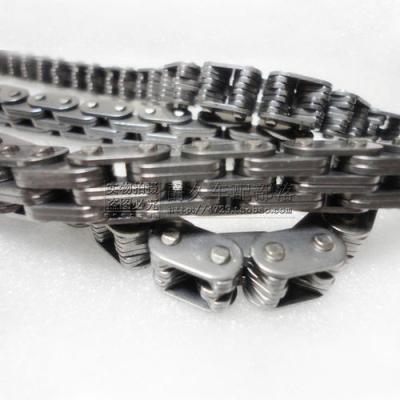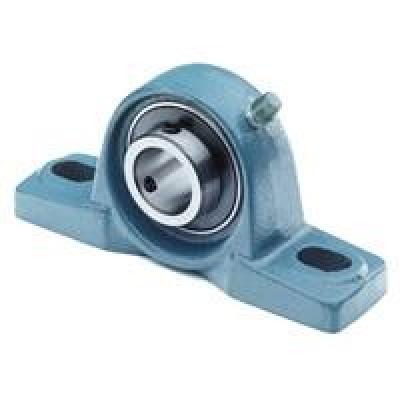The difference between ANSI OR ISO sprocket
The ANSI Roller Chain standard is slowly out-phasing ISO standards, with an estimated 15% European market share due to a large import of American and Asian machinery. Other international standards exist in waning popularity.
ANSI
North American and some Asian sprocket manufacturers have adopted ANSI code B 29.1, which edicts design, dimensions, and interchangeability within a chain drive. ANSI Sprockets typically do not last as long as their European counterparts due to smaller tooth pitches but have a clear mathematical theme and simple design. ANSI covers eight different strand types of sprockets: single-strand, double-strand, triple-strand, and multiple-strand (4, 5, 6, 8, 10).

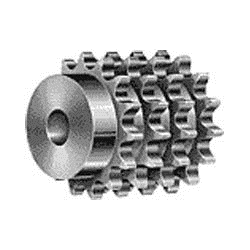
Single-strand sprocket; Multiple-strand. (4) sprocket Image Credits: Saab Engineering Ind. | Emco Engineering
ANSI sprockets are notably characterized by 'type', which indicates the sprocket's hub style. Hub styles offer unique mounting shaft mounting configurations, which are further covered under mounting options. There are four styles.
Style A - a flat sprocket with no hub
Style B - a sprocket with a hub on one side
Style C - a sprocket with hubs on both sides
Style D - a sprocket with a bolted hub attached to a plate
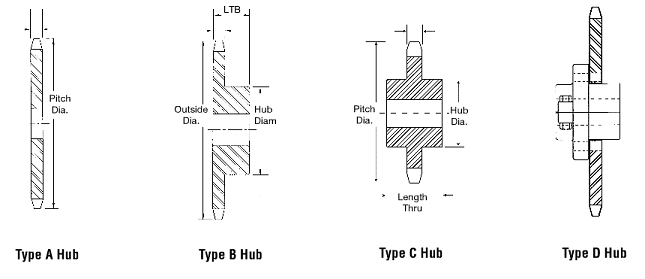
Image Credit: Martin Sprocket
Sprockets adhering to ANSI standards are also given preferred numbers, with each sprocket earning a number designation in relation to the tooth pitch and tooth-gap diameter. The left-hand digit is representative of the pitch, incremented in eighths of an inch. The right-hand digit of the number designates the type of chain to use with the sprocket, with 0 for standard chain, 1 for lightweight chain, and 5 for rollerless, bushed chain.
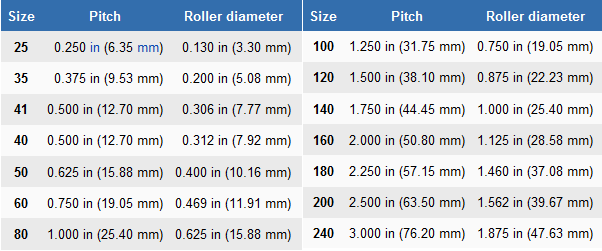
Image Credit: Wikimedia
An ANSI sprocket number may have suffixes of letters and numbers, which will indicate the number of strands and any additional attributes of the sprocket. For example, a sprocket named 25-2H would be a size 25 sprocket, with double-strands (2) and the ability to handle chains with thicker plates (H). A 35-SS would be a size 35, single-strand sprocket, with stainless steel construction. Common suffix abbreviations include DC for dual capacity, V for hardened pins, H for heat-treated plates, NP for nickel plated, HP for hollow pins, SB for side bend, NM for non-metallic, BR for brass, CD for cadmium plated, Zi for zinc plated, and CH for chrome plated.
ISO
ISO standard R606 dictates sprocket uniformity for most European and African nations. This standard is in relation to British Standard Chain, which is dimensionally different than chains meant for ANSI sprockets. ISO Sprockets have large pitches that are measured in sixteenths of an inch, but are expressed in metric units. British Standard Chain was developed before American-styled chain, but was limited in its development by what materials were readily available as roller chains evolved. The outer plates of an ISO chain are taken from the chain size one level above the application requirements. This led to bulkier, heavier chain with a longer fatigue life that is still used today. ISO standard R606 only includes single, double, and triple-strand sprockets.
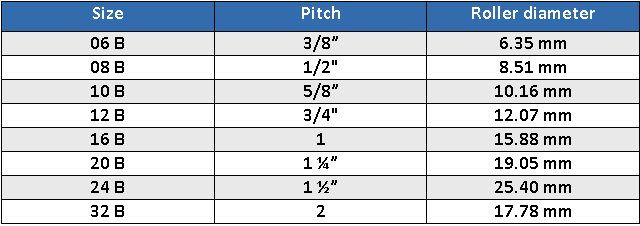
In ISO naming conventions, the 'B' indicates adherence to European standards. An ISO sprocket may also feature a number as a suffix, which will indicate the number of chain strands. A 16B-2 sprocket will feature a pitch of one inch along with a double-strand spool.
Other
Japanese roller chain transmissions are subject to JIS standards B 1801, B 1802, and B 1803, but these parameters are mostly limited to mainland Japan. Korean industrial sprockets fall under Korean standard KS B 1407. Finally, Germany's industries produce chain in dimensions very similar to both British and American standards, but under Deutsche Institute fuer Normung (DIN) codes 8187 and 8188, respectively. These industrial standards are becoming increasingly rare, but are worth mentioning for their previous use. Consult a speocket or retailer for details and the interchangeability of these standards.
